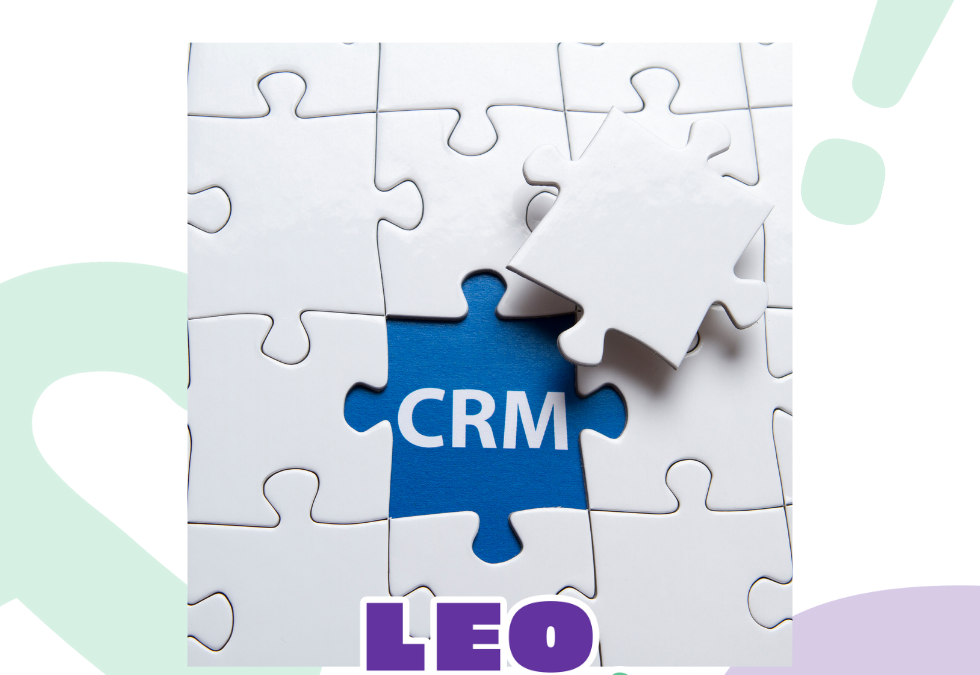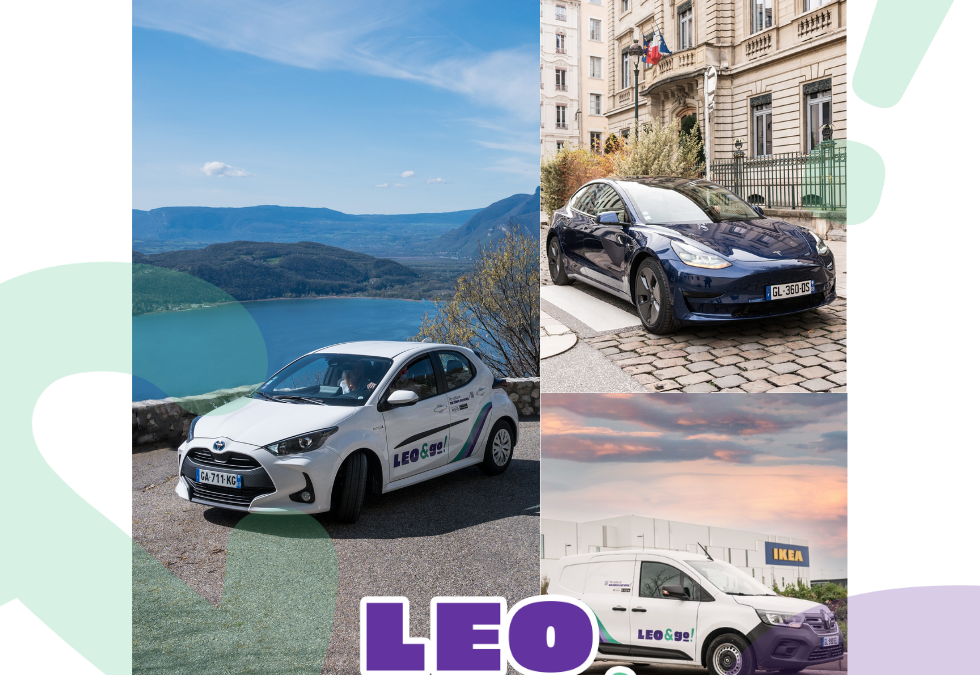Raphël Gindrat delves into shared autonomous mobility and analyzes its future as well as the impact of carsharing.
January 25, 2019 Raphaël is a founder and the executive leader of the Bestmile team. He is a pioneer in the world of autonomous mobility, having led a project with the Swiss Federal Institute of Technology (EPFL) in Lausanne to test and operate some of the first autonomous vehicle projects in Europe.
In addition to founding and leading Bestmile, Raphael speaks throughout the world advocating for an open technology ecosystem to enable new mobility services to deliver on the promise of safe, affordable, efficient travel for all. Raphael earned a Master’s degree in Civil Engineering with expertise in Transportation from the EPFL.
How do you see the path towards shared autonomous mobility?
The road to large-scale deployment of shared autonomous mobility services will start with a new type of ride-hailing business using a model of private fleets and professional drivers. These new services will emerge to overcome the drawbacks of today’s peer-to-peer models. Currently, peer-to-peer ride-hailing services largely rely on poorly managed, unowned fleets, and in many cities have caused increased traffic congestion and security concerns.
Because today’s ride-hailing businesses do not own vehicles and only make money when a driver is taking a passenger, there is little incentive to optimize vehicle utilization or to maximize revenue-per-vehicle by sharing rides. Peer-to-peer services are more incentivized to add more vehicles and drivers to their networks.
Competitors are already seeing the opportunity to use private fleets and professional drivers to offer superior service, with the ability to manage passenger Key Performance Indicators (KPIs) like wait times and ride times. For example, Alto in Dallas has launched a ride-hailing service that guarantees service levels and focuses on safety with professional drivers and a private fleet.
This model also prepares mobility providers and carsharing companies to migrate to hybrid autonomous and human-driven fleets, as the business KPIs are mostly the same, with vehicle utilization and revenue-per-vehicle. Sharing will become the norm because that is what will make the services most efficient and profitable. The only element that changes when moving from professional ride-hailing to robo-taxi services is who or what is driving the vehicle.
In order for new mobility services to reduce traffic and pollution in cities, the services will have to be shared. Ride-hailing will migrate to all or mostly pooled services in order to reduce traffic and electric autonomous vehicles will enable these services to reduce pollution as well. The result will be cleaner cities with open streets.
Who do you think will be the operators of robo-taxi fleets of tomorrow?
When it comes to fully autonomous mobility, the focus of the public and many would-be service providers has been on vehicle safety and performance. Analyzing how the vehicles will work together to deliver shared mobility services is very important. As well as how they will reduce congestion, and pollution and encourage people to move away from private automobile ownership.
Some of the businesses best positioned to deliver robo-taxi services may surprise you. It might not be today’s ride-hailing giants as their business models don’t involve vehicle ownership and their technology doesn’t really allow the optimized dispatching and ride-matching that shared mobility requires. Also, they cannot guarantee passenger service levels such as wait times and ride times or fleet KPIs like vehicle utilization.
On the flip side of this are the OEMs that have a great deal of experience building and selling vehicles, but not much experience in offering services. Again, they appear to be focused on making the vehicles safe and reliable, not on issues like optimized dispatching, pooled ride-matching, and moving more people with fewer vehicles.
Instead, look at businesses like car rental and carsharing companies. They have the facilities and experience (and existing geographical footprint) to store, manage, and maintain fleets, and the technology to move vehicles around to various locations as demand changes. It’s not a stretch to see these businesses offer on-demand robot taxi solutions.
Today’s carsharing companies are in a similar position as they have private fleets and have been offering vehicles-as-a-service for some time. Both will need to invest in additional technology to offer ridesharing in a way that dynamically matches supply and demand, and to optimize revenue-per-vehicle.
What role should carsharing operators play in the industry?
As mentioned above, carsharing operators play an important role in shaping the shared mobility of the future. Their role may become similar to robo-taxi businesses, where passengers book rides rather than vehicles. In this application, carsharing will likely migrate from unshared to shared models, where passengers are pooled to increase fleet efficiency and reduce overall travel times and costs.
Carsharing can also fill the need for longer distance journeys that are not served by public transportation, or for journeys where a vehicle is needed for longer periods of time. This is similar to traditional car rental businesses.
Studies have shown that a shared vehicle can replace as many as 12 private vehicles, with minimal impact on overall trip time. Even though sharing adds time to the ride in most cases, travelers don’t have to prepare their vehicle for a trip, spend time finding parking, walk to and from parking lots, etc. Also, if overall traffic is significantly reduced by sharing vehicles, travel times may be shorter than in an unshared scenario.
Achieving these results will require car sharers to add sophisticated ride-matching and route optimization technology in order to offer efficient services. Because every city is different, with different landscapes, traffic patterns, and passenger acceptance criteria, mobility providers will need to carefully tailor services and monitor performance and adjust to public response and expectations.
How will Bestmile position itself in the industry?
Bestmile offers the Mobility Services Platform that supports vehicle-agnostic fleet management with real-time dispatching, vehicle-rider matching and pooling, and optimized routing. The platform enables service providers to quickly and easily configure, manage and optimize fleets, including a complete set of operator and traveler software and mobile apps.
The Bestmile platform can be used with any vehicle brand, and with both autonomous and human-driven services and it allows providers to manage passenger KPIs against operator KPIs. With these capabilities, Bestmile is positioned to support human-driven ridesharing services today and to enable the migration to hybrid and all autonomous services.
In addition, the same platform that enables service providers to optimize ridesharing services can also be used to simulate and plan services in advance using existing demand data. This allows businesses to test multiple variables like fleet size, vehicle positioning, and vehicle capacity, with the goal of optimizing KPIs such as vehicle utilization, excess ride times, and pick-up time deviations, all prior to launch. This helps providers reduce risk and accelerate time to market.
Vulog, the world’s leading mobility tech provider, is proud to connect with Bestmile, which aims to empower mobility providers to deploy, manage and optimize autonomous and conventional driven vehicle fleets.




